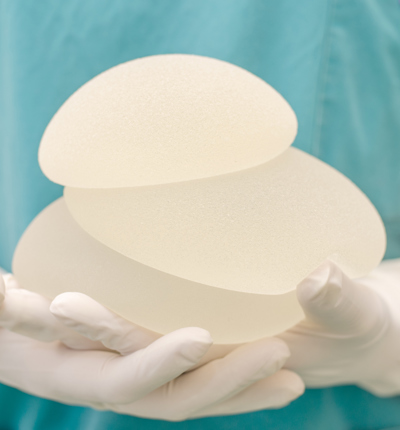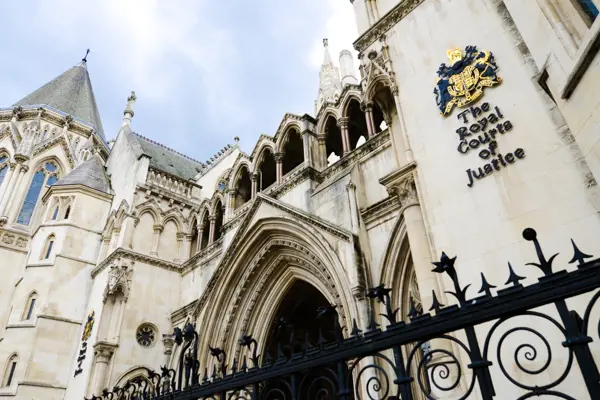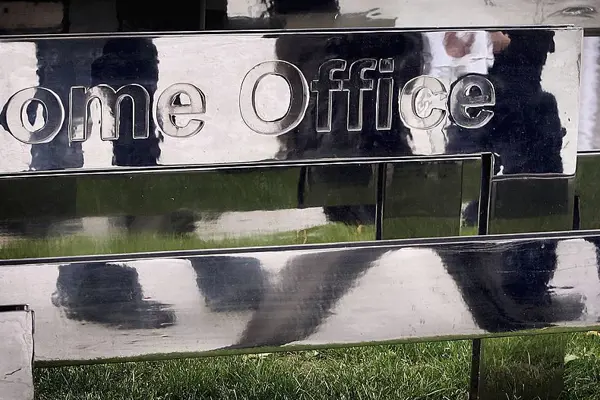
University of Iowa Hospital leading the way in BIA-ALCL monitoring
Zahra Nanji, who represents 20 women who have the breast implant related cancer BIA-ALCL, discusses recent developments in the US
Posted on 09 August 2019
As a result of a US Food and Drug Administration (FDA) request, Allergan announced a world-wide voluntary recall of their Biocell textured breast implants in July 2019. Following the recall, the University of Iowa Hospital and Clinics (UIHC) has now announced that it is actively contacting patients with further information about the type of implants they have and are detailing the protocols being put into place to ensure early detection of any problems. Letters are going out to patients who had surgery as far back as 2006, regardless of the type of implant they received.
Textured implants are linked to a rare blood cancer, anaplastic large cell lymphoma (BIA-ALCL). The UIHC reported that steps were being taken by them in an effort to make sure that patients are aware of the condition and that they can keep an eye out for possible symptoms. Their protocols put in place a system for patients to check for symptoms and where they may be showing risk indicators such as swelling or fluid collection, they can be evaluated with an ultrasound test and if fluid is identified, it is aspirated and sent away for testing.
According to the UIHC, over 95% of patients with BIA-ALCL who present with local symptoms do so on average approximately nine years after implant placement. These trends in data can only be identified if there is proper monitoring of a device from the outset of its release on to the market.
Medical literature is clear that the underlying causal mechanism for developing BIA-ALCL is yet to be defined, however, early detection and complete removal of the implant and capsule can lead to recovery. If left undetected or untreated, progression of the disease can occur resulting in a spread of the lymphoma to other parts of the body, and can lead to death. According to the MHRA website there is currently 1 reported death in the UK which meets the World Health Organisation Criteria for BIA-ALCL.
Whether my clients have had reconstruction following a mastectomy or had the procedure for cosmetic reasons, they are left feeling vulnerable and often guilty as a result of developing cancer as a result of a choice they have made. These women are not to blame.
The risks of the procedure should have been adequately recorded, monitored and reported. However, due to the inadequacy of the current breast implant monitoring system, which in the UK only started in late 2016 as an ‘opt in’ registration system until January 2019, the information and data held by the MHRA is simply inadequate to inform and protect the people it is intended to safeguard.
The current data held by the UK health regulator, the MHRA, is incomplete, unverified, and not fit for purpose to inform the regulator, and therefore the public, about the true risk that implants may pose. The current MHRA figures for the risk of developing BIA-ALCL from textured breast implants is 1 in 24,000, whereas countries like Australia, whose regulator the Therapeutic Goods Administration (TGA) has had an ‘opt out’ system from 2015, reports the risk as 1 in 3,817.
Active collection and monitoring of data is the key to ensuring that any reoccurring problems caused by an implanted product can be identified at the earliest opportunity. This would allow remedial action to be taken swiftly and would prevent putting lives in danger.

